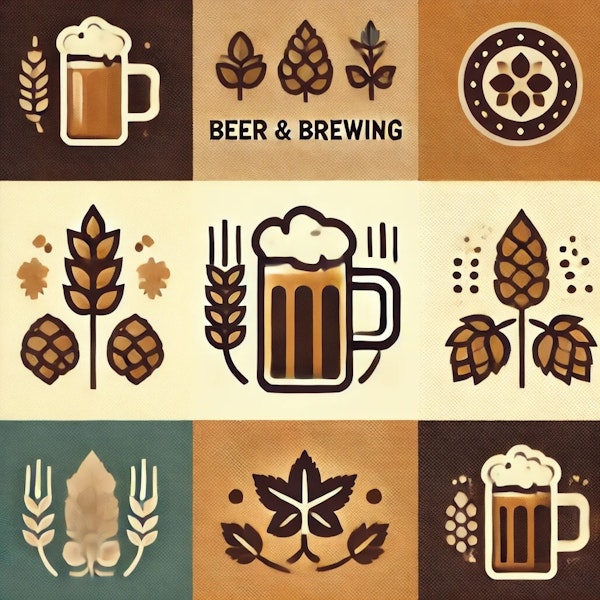
Your brew buddy just emailed you the recipe for his or her award-winning American pale ale. You eagerly open the file and discover it’s an all-grain recipe. But you brew from extract. What now?
Try this homebrew-sized interpretation of a Gose, soured with Latobacillus bacteria before the boil.
If it’s honest impressions of your beer you’re after, entering a competition is an excellent way to get feedback from trained judges.
Consider the common themes that connect barleywine, stock ale, old ale, and wheatwine to one another.
Here are three things you need to know about prepping a barrel for aging beer.
Alas, water is to most IPA drinkers as “Arrested Development’s” Ann Veal is to Michael Bluth (that is, the thing that’s always around yet you’re constantly forgetting about). And yet, water is essential to every IPA—every beer, in fact.
If you’ve ever had an inconsistently carbonated batch of homebrewed beer, you know how frustrating it can be.
With a few tweaks, that generic kegerator hardware can, indeed, pour great beer. And once you’ve gotten it dialed in, it will serve you well for years to come.